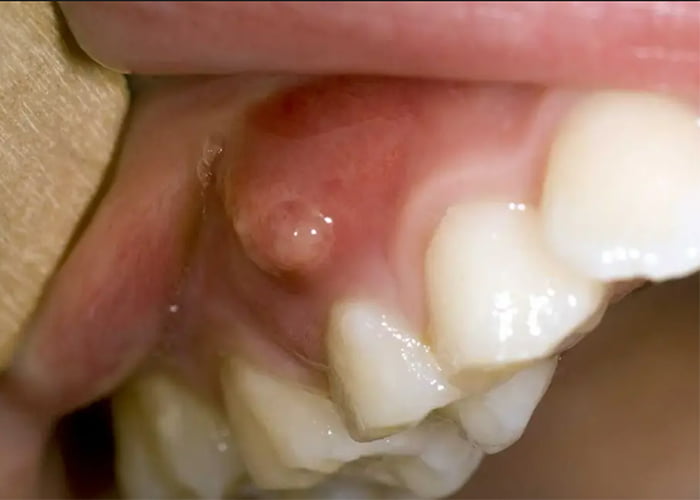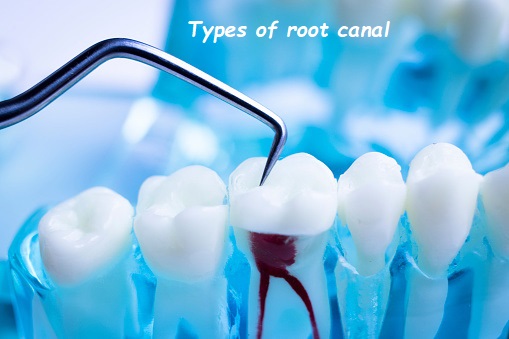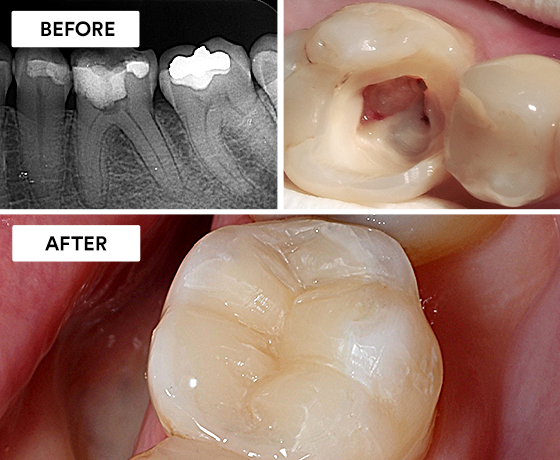Tooth won’t numb for root canal

Tooth Won’t Numb for Root Canal: Causes, Solutions, and What to Expect
Going to the dentist can be a nerve-wracking experience for many, especially when you need a procedure as involved as a root canal. One of the most significant sources of anxiety is the fear of pain. Typically, dentists use local anesthesia to numb the area and make the procedure as comfortable as possible. But what happens when your tooth won’t numb for a root canal? This comprehensive guide explores the reasons behind this issue, the potential solutions, and what you can expect during the process.
Understanding Root Canal Treatment
What is a Root Canal?
A root canal is a dental procedure designed to treat infection at the center of a tooth (the pulp). The goal is to remove the infected or damaged pulp, clean and disinfect the inside of the tooth, and then fill and seal it to prevent future infections. This procedure can save a tooth that might otherwise need to be extracted.
Why Might You Need a Root Canal?
Several dental issues can necessitate a root canal, including:
- Deep cavities: Extensive decay that reaches the pulp.
- Cracked or chipped teeth: These can expose the pulp to bacteria.
- Multiple dental procedures on the same tooth: Repeated treatments can irritate the pulp.
- Injury to the tooth: Trauma can damage the pulp even without visible cracks.
Symptoms Indicating a Root Canal is Needed
- Severe toothache when chewing or applying pressure.
- Prolonged sensitivity to hot or cold, even after the stimulus is removed.
- Discoloration of the tooth.
- Swelling and tenderness in nearby gums.
- Persistent or recurring pimples on the gums.
Why Won’t My Tooth Numb?
Common Reasons for Anesthesia Failure
- Inflammation and Infection
- Inflammation: Infected or inflamed tissues can make it harder for the anesthetic to penetrate and take effect. Inflammation can alter the pH levels around the affected tooth, reducing the effectiveness of local anesthesia.
- Infection: Infections can also create an acidic environment that hinders the numbing effect of the anesthetic.
- Anatomical Variations
- Accessory Nerve Supply: Some people have additional nerve branches supplying the tooth, making it difficult to achieve complete numbness with standard techniques.
- Dense Bone Structure: A particularly dense bone structure around the tooth can impede the spread of the anesthetic.
- Anxiety and Adrenaline
- High Anxiety Levels: Anxiety can lead to the release of adrenaline, which can counteract the effects of the anesthetic, making it less effective.
- Fight or Flight Response: The body’s natural response to stress can make numbing the area more challenging.
- Incorrect Technique or Dosage
- Improper Administration: The anesthetic might not be administered correctly or sufficiently.
- Incomplete Delivery: The dentist might miss the exact location needed to achieve full numbness.
Less Common Reasons
- Genetic Factors
- Genetic Variations: Some people have genetic factors that make them less responsive to certain anesthetics.
- Previous Dental Trauma
- Scar Tissue: Previous dental trauma can create scar tissue, making it harder for the anesthetic to take effect.
- Medications and Substances
- Medication Interference: Certain medications or substances can interfere with the effectiveness of the anesthetic.
Solutions and Techniques for Achieving Numbness
Pre-Treatment Strategies
- Addressing Inflammation and Infection
- Antibiotics: Prescription antibiotics before the procedure can help reduce infection and inflammation, making the anesthetic work more effectively.
- Anti-Inflammatory Medications: Anti-inflammatory drugs can help reduce inflammation, improving the effectiveness of the anesthetic.
- Patient Anxiety Management
- Sedation Options: Oral sedatives, nitrous oxide (laughing gas), or IV sedation can help relax the patient and make the anesthetic more effective.
- Calming Techniques: Deep breathing exercises, meditation, or listening to calming music can help reduce anxiety.
During the Procedure
- Advanced Anesthetic Techniques
- Intraosseous Anesthesia involves injecting the anesthetic directly into the bone around the tooth, causing immediate and profound numbness.
- Intraligamentary Anesthesia: The anesthetic is injected into the periodontal ligament surrounding the tooth.
- Regional Nerve Blocks: Targeting larger nerve branches to achieve numbness in a broader area.
- Incremental Dosing
- Gradual Injection: Administering the anesthetic slowly and in small increments can help achieve better numbness.
- Multiple Injections: Giving additional doses of anesthetic if the initial dose doesn’t provide complete numbness.
- Combination of Anesthetics
- Mixing Anesthetics: Using a combination of different anesthetics can sometimes improve effectiveness.
Post-Treatment Considerations
- Monitoring and Follow-Up
- Post-Procedure Pain Management: Ensuring the patient has appropriate pain management options after the procedure.
- Follow-Up Appointments: Scheduling follow-up appointments to monitor healing and address ongoing discomfort.
- Patient Education
- Managing Expectations: Educating patients about what to expect during and after the procedure.
- Home Care Instructions: Provide detailed post-procedure care instructions to reduce discomfort and promote healing.
The Psychological Impact of Dental Procedures
Addressing Dental Anxiety
- Communication with Your Dentist
- Open Dialogue: Discuss your fears and concerns with your dentist. A supportive and understanding dentist can make a significant difference.
- Personalized Care: Dentists can tailor their approach to suit your anxiety levels and comfort needs.
- Coping Mechanisms
- Relaxation Techniques: Techniques such as deep breathing, progressive muscle relaxation, and visualization can help reduce anxiety.
- Support Systems: Bringing a friend or family member for moral support can provide comfort and reassurance.
Building a Positive Dental Experience
- Regular Dental Visits
- Preventive Care: Regular check-ups and cleanings can help prevent severe dental issues and reduce the need for invasive procedures.
- Desensitization: Frequent, positive experiences at the dentist can help you become desensitized to dental procedures and reduce anxiety over time.
- Choosing the Right Dentist
- Specialization: Consider finding a dentist who specializes in treating anxious patients or has additional training in sedation dentistry.
- Comfort and Trust: Establishing a trusting relationship with your dentist can improve your overall experience and reduce anxiety.
Preventing Future Dental Issues
Good Oral Hygiene Practices
- Brushing and Flossing
- Twice Daily Brushing: Brush your teeth at least twice a day with fluoride toothpaste.
- Daily Flossing: Floss daily to remove plaque and food particles between teeth.
- Mouthwash
- Antiseptic Mouthwash: Using an antiseptic mouthwash can help reduce bacteria and prevent infections.
Regular Dental Check-Ups
- Routine Examinations
- Biannual Check-Ups: Visit your dentist at least twice a year for routine examinations and cleanings.
- Early Detection: Regular check-ups can help detect and address dental issues before they become severe.
- Professional Cleanings
- Plaque and Tartar Removal: Professional cleanings remove plaque and tartar that regular brushing can’t.
- Preventive Care: Regular cleanings can prevent cavities, gum disease, and other dental issues.
Healthy Diet
- Limiting Sugary Foods
- Reduce Sugar Intake: Limit sugary foods and drinks that can lead to cavities and decay.
- Healthy Alternatives: Opt for healthier snacks like fruits, vegetables, and nuts.
- Nutrient-Rich Foods
- Balanced Diet: Eat a balanced diet rich in vitamins and minerals to support healthy teeth and gums.
- Calcium and Vitamin D: Ensure you get enough calcium and vitamin D for strong teeth and bones.
Protecting Your Teeth
- Mouthguards
- Sports Protection: Wear a mouthguard if you play
Related to read:
Best Oral Hygiene Practices For Optimum Oral Health.
How to Whiten Teeth Naturally?
How to keep your gums healthy and disease-free?
References
To ensure the information provided is accurate and up-to-date, the following sources were referenced:
- American Dental Association. (n.d.). Plaque and Tartar. Retrieved from ADA website
- Mayo Clinic. (n.d.). Dental Plaque. Retrieved from Mayo Clinic website
- National Institute of Dental and Craniofacial Research. (n.d.). Periodontal (Gum) Disease. Retrieved from NIDCR website









